Development finance and bridging loans are two of the options available to companies wishing to raise funds. But what exactly are these two types of borrowing and how do they differ?
Development Finance
Development finance is specifically designed to finance a building project or the conversion of an existing building.
These arrangements typically have terms of between six months and three years.
Depending on the size of your business and the scale of the project, it might be possible to borrow anything between £50,000 and £100 million.
A typical interest rate might be somewhere between 4.5% and 7.5%, although smaller loans often have interest rates in excess of 10%. As with other types of secured loans, the loan to value is an important factor in determining the rate charged, with rates typically being higher for larger Loan to Gross Development Value (GDV) percentages. The GDV is the expected value of your building project once completed.
However, here your level of property development experience will also be a factor, with lenders prepared to grant lower rates to experienced developers.
It’s standard practice for the interest to roll up each month, so monthly repayments are not normally expected with development finance.
Normally, the amount borrowed, plus interest is repaid via the sale of the property, although it is often possible to re-finance to an alternative arrangement.
As with any other secured finance arrangement, you can expect to pay arrangement fees, valuation fees, broker fees, and legal fees. Again, these fees are nearly always added to the loan amount and repaid at the same time as the main loan.
Unlike many other forms of borrowing, you won’t have access to the full loan amount immediately. Instead, the lender will make a series of ‘stage payments’ at different stages of your project. Before making each stage payment, you can expect to be visited by the lender’s surveyor, who will check that all of the work in the previous ‘stage’ was completed satisfactorily.
The property being constructed or converted is the lender’s principal security. If you take out development finance as a sole trader, in law you are already personally responsible for the loan. If you borrow in this way as a limited company, then the lender is likely to ask the company directors to provide a personal guarantee, which might be as much as 100% of the loan amount.
An application for development finance might take as much as two months to complete. Some lenders will be prepared to grant development finance before you have secured planning permission.
Bridging Finance
In some ways, a bridging loan is similar to development finance. It’s a short-term secured loan for anywhere between a few months and a couple of years. While technically speaking there is something known as an ‘open bridging loan’, which doesn’t have an official end date, the lender will still normally expect that repayment is made within a few years at most.
Once again, it’s unlikely you’ll need to pay any upfront fees or make any interest repayments during the term – as with development finance they will all be repaid at the end of the term via the sale of the property or when you re-finance.
This form of finance is known as ‘bridging’ because it’s designed to ‘bridge’ a gap until such time as you can pay off the loan via a sale or a re-finance.
Again, you might be able to borrow anything between a few thousand pounds and tens of millions.
Bridging loans, however, are not specifically designed for property development and are also granted for certain other purposes, such as:
- Completing the purchase of a property swiftly, perhaps via an auction
- General capital raising
- Stock purchases
- Settling tax liabilities or other unexpected bills
- Financing purchases of other properties or other business assets
Bridging loans are usually secured on an existing property and, unlike a standard mortgage, it’s usually acceptable to the lender if this property is in a state of disrepair and requires extensive renovation. It is also possible to take out a bridging loan to finance the purchase of land – land which can then be used for your new construction project.
Unlike development finance, there’s also no stage payment arrangement, and you should expect to receive all of the loans in one go at the start of the term.
Interest rates are usually expressed as monthly amounts, so you might be charged anything between 0.5% and 2% interest per month. Most lenders will only lend up to 75% loan to value.
Bridging loan applications are usually completed within two weeks, so the process is usually much faster than for development finance. Bridging loans are sometimes granted as second charges on properties that are already mortgaged.
Book an online consultation with the team at Funding Bay to find out more!
Check out our business loan calculator.



